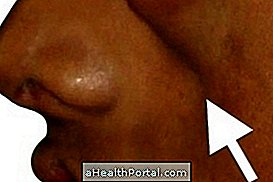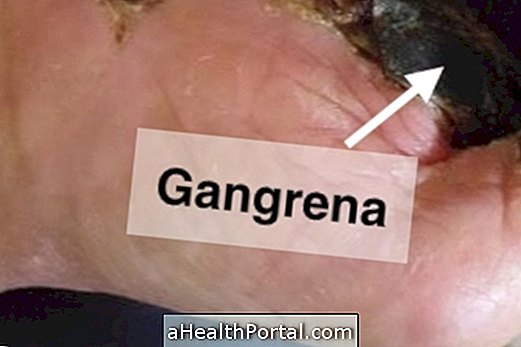Parry-Romberg syndrome, or just Romberg syndrome, is a rare disease characterized by atrophy of skin, muscle, fat, bone tissue and facial nerves, causing aesthetic deformation. Generally, this disease only reaches one side of the face, but can extend to the rest of the body.
This disease has no cure, but taking medicines and surgery helps to control the progression of the disease.


What symptoms help identify
The disease usually begins with changes in the face just above the jaw or in the space between the nose and the mouth, extending to the other sites of the face.
In addition, other signs may also appear, such as:
- Difficulty chewing;
- Difficulty opening mouth;
- Red and deeper eye in the orbit;
- Fall of facial hair;
- Lighter spots on the face.
Over time, Parry-Romberg syndrome can still cause changes inside the mouth, especially in the roof of the mouth, inside the cheeks and gums. In some cases, neurological symptoms such as seizures and severe facial pain may develop.
These symptoms may progress from 2 to 10 years, then go into a more stable phase where no more changes in the face appear.
How to do the treatment
In the treatment of Parry-Romberg Syndrome, immunosuppressive drugs such as prednisolone, methotrexate or cyclophosphamide are taken to help fight the disease and reduce symptoms, because the main causes of this syndrome are autoimmune, which means that the cells of the immune system attack the tissues of the face, causing the deformations, for example.
In addition, it may also be necessary to perform surgery, mainly, to reconstruct the face, by performing greasy, muscular or bone grafts. The best time to perform surgery varies from individual to individual, but it is recommended that it be performed after adolescence and when the individual has already finished his or her growth.



















